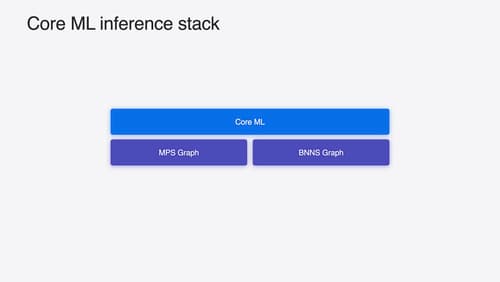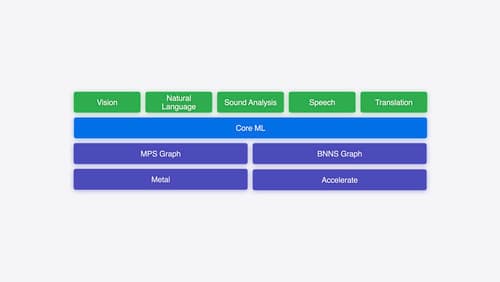how to run stable diffusion on my phone?
Asked on 2024-09-03
1 search
To run Stable Diffusion on your phone using Apple's platforms, you can follow these general steps as outlined in the WWDC sessions:
-
Model Preparation: Start by defining the model architecture and training the model using libraries like PyTorch or TensorFlow. Once trained, convert the model into the Core ML format for deployment. This involves optimizing the model for performance while maintaining accuracy.
-
Core ML Integration: Use Core ML tools to convert your model into the Core ML format. Core ML provides hardware-accelerated execution across the CPU, GPU, and neural engine, optimizing the performance of your model on Apple devices.
-
App Integration: Integrate the model into your app by writing code to load and execute the model using Apple frameworks. This can be as simple as passing in the required input and reading the returned output.
-
Advanced Use Cases: For more complex applications, such as those involving generative AI, you might need to handle computation outside the model. This can involve using ML tensor to support computation efficiently.
For a more detailed walkthrough, you can refer to the session Explore machine learning on Apple platforms (07:16) and Deploy machine learning and AI models on-device with Core ML (03:29).
These sessions provide insights into the workflow and tools available for deploying machine learning models on Apple devices, including Stable Diffusion.

Xcode essentials
Edit, debug, commit, repeat. Explore the suite of tools in Xcode that help you iterate quickly when developing apps. Discover tips and tricks to help optimize and boost your development workflow.

Deploy machine learning and AI models on-device with Core ML
Learn new ways to optimize speed and memory performance when you convert and run machine learning and AI models through Core ML. We’ll cover new options for model representations, performance insights, execution, and model stitching which can be used together to create compelling and private on-device experiences.

Explore machine learning on Apple platforms
Get started with an overview of machine learning frameworks on Apple platforms. Whether you’re implementing your first ML model, or an ML expert, we’ll offer guidance to help you select the right framework for your app’s needs.
